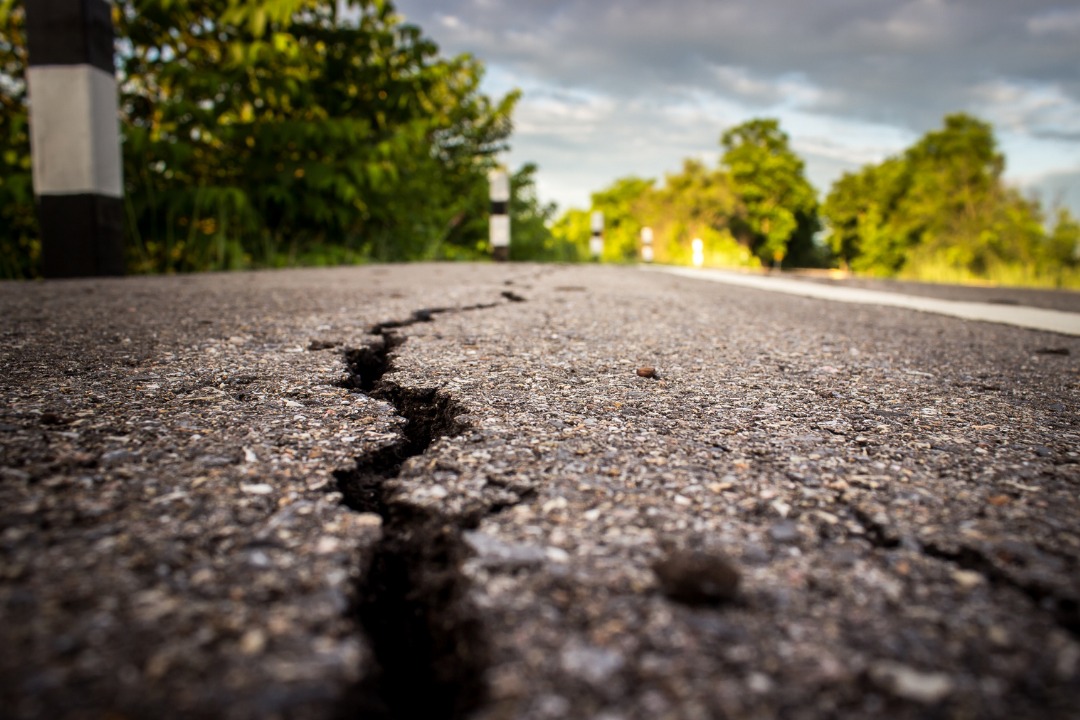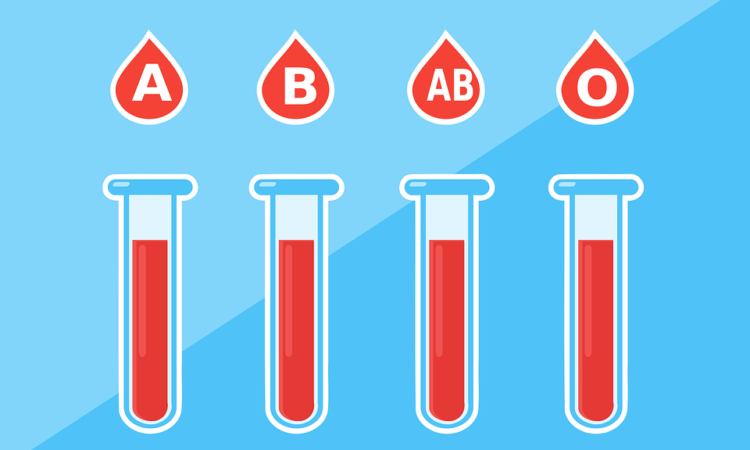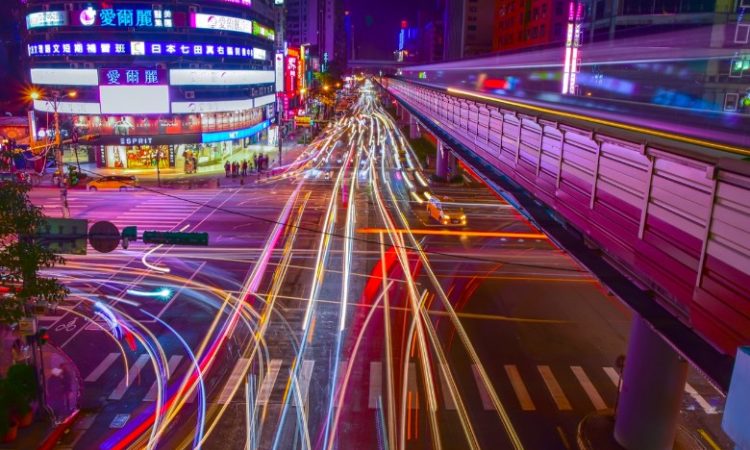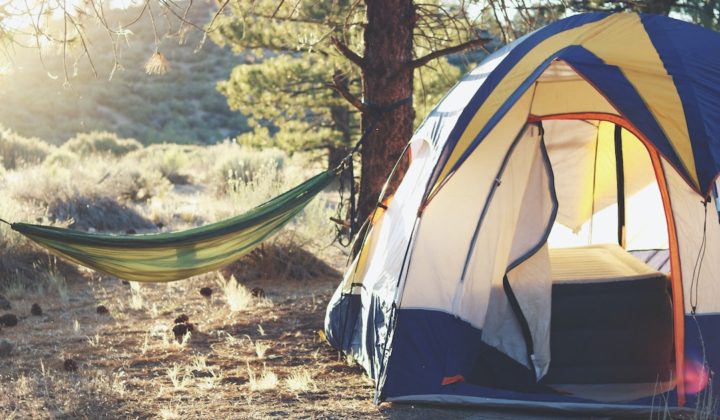Japan is a country known throughout the world as being very prone to natural disasters. Have you ever experienced an earthquake, tsunami or typhoon in Japan? Small earthquakes are fairly common, and the larger ones are definitely jarring. Japan has been the location of ten of the worst natural disasters in the 21st century. However, because of their ubiquity, the Japanese people have found ways to incorporate this risk into their everyday lives, meaning that they and the country’s infrastructure are prepared and resilient. Natural disasters affect Japan’s economy, development and social life, and have given rise to its reverence of nature’s awesome strength.
What Should You Do in An Earthquake, Typhoon, Tsunami or Landslide?
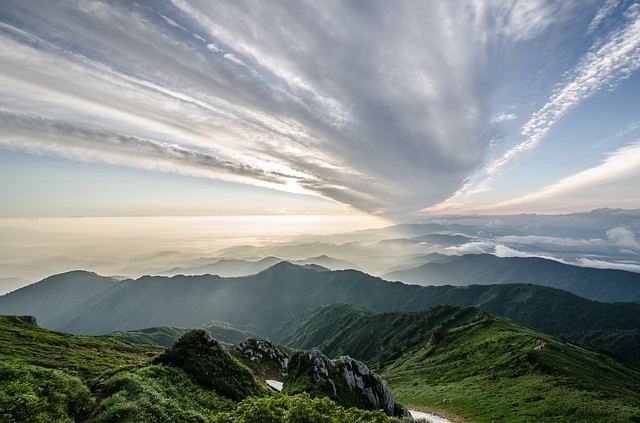
For those living in Japan, it is important to factor these very real risks into daily life, as disaster can strike at any time, and the more you are prepared, the better your chance at avoiding injury, damage, or even death. This article is a brief introduction to the types of disasters that can occur, what you can and should do to prepare for them, and what you should do in the event that a disaster strikes near you.
What Natural Disasters Occur in Japan?
Earthquakes
Earthquakes occur when there is seismic movement along with continental or oceanic tectonic plates under the surface of the earth. The Japanese archipelago lies in a region where several of these plates meet, also known as tectonic fault lines. This is another reason Japan also has so many natural geothermal hot springs and volcanic activity.
Earthquakes cause tremors and shaking, either in an up-and-down movement, sideways movement, or a combination of both, that can last several seconds to a few minutes. Even after an earthquake occurs, there is the potential of aftershocks lasting even up to a few weeks. Earthquakes are usually measured on the Richter scale. However, in Japan, people will often use the ‘Shindo’ seismic scale instead, which ranges from 0 to 7. This scale was introduced by the Japan Meteorological Agency and measures how much the ground is shaking in the given area, rather than the amplitude of the quake itself. This is beneficial as it is directly helpful to ascertain the level of your shaking in your daily life, rather than an abstract epicenter that could be far out at sea. For practical reference, it is handy to remember that you could probably feel a Level 3 earthquake; Level 5 means you may need to hold onto something stable; Level 6 is when it is difficult to stay standing; Level 7 is extreme shaking when people might be thrown into the air. Earthquakes often also cause fires and other secondary damage.
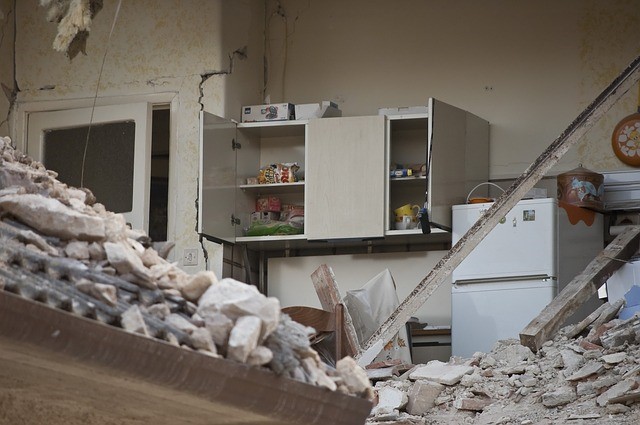
Tsunamis
Tsunamis are tidal waves, or sometimes known as seismic waves – essentially enormous waves that crash into land. Sometimes they appear as rapidly rising tides. The word itself actually comes from the Japanese 津波, meaning ‘harbor wave’. Although tsunamis usually only affect coastal areas, their effect can be devastating. They can also be triggered by earthquakes, so if you live in a coastal region, be aware of a consequent tsunami after a larger earthquake.

Typhoons
These tropical cyclones are large low-pressure systems that blow around the Japanese archipelago, causing heavy rain and extremely strong winds of up to 200km per hour. The typhoon season in Japan is usually between May and October, with August and September seeing a large spike in the frequency of their occurrence. Most typhoons begin in the Northwest Pacific Ocean and peel northwards, often arching up northwards along Japan. Unlike in many other countries, typhoons in Japan are given a number. For instance, the third typhoon of the year is called Typhoon Number 3 (or 台風3号 ‘taifuu san-goh’).
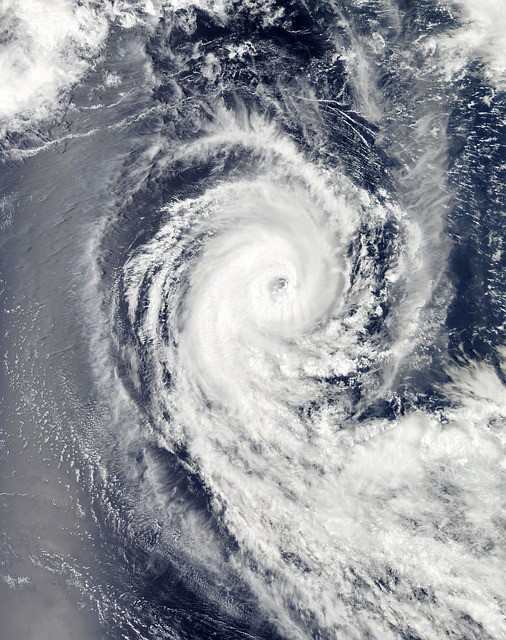
Heavy rain, flooding and landslides
Often following typhoons as well, but in general, heavy rain for extended periods can cause greater risk of flooding and landslides. The rainy season, known as ‘tsuyu’, in Japan usually lasts from the beginning of June to about mid-July. This is caused by cold northerly and warm southerly air masses colliding with each other. The rains usually also move up from the south in Okinawa up the islands all the way to Hokkaido, although Hokkaido is affected less so than other areas.
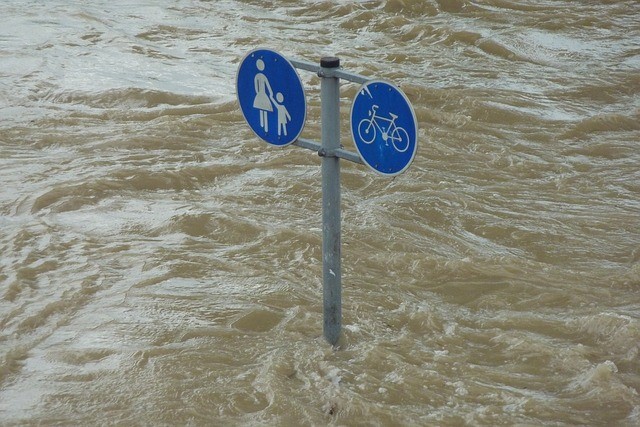
Although Japan is relatively prepared for vast quantities of rain, rivers can overflow, dams break, and soil loosened by the water can collapse on itself causing landslides that can be extremely dangerous. The heavy rainfalls of 2018 during the rainy season resulted in over 200 people dead and 8 million people evacuated across 23 prefectures.
Volcanic eruptions
Japan is home to over 100 active volcanoes – or 10% of all the active volcanoes worldwide – once again due to its geographical position above tectonic ridges. Even Mount Fuji, the highest mountain in Japan and a symbol of the country, is classified as active by geologists, even though it has not erupted in over 300 years.
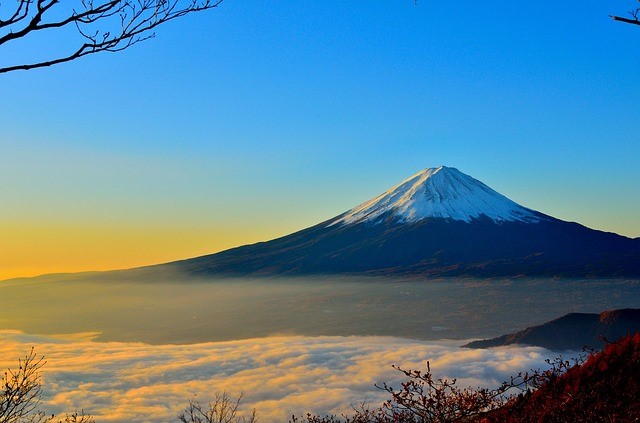
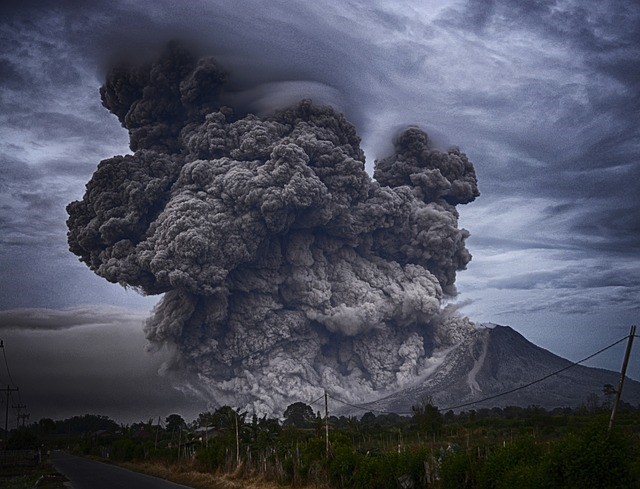
How to Prepare For Disaster?
Prepare an emergency evacuation bag
An emergency evacuation bag and the stockpile is an extremely important part of every Japanese household. This should be a sturdy bag within easy access that contains the necessary items in case of the need for evacuation. Items to pack include: emergency non-perishable food, water bottles, clothing, towels, plastic bags, copies of your valuables such as bank books and passports, a copy of your health insurance card, cash (in small bills), copies of other ID, blankets and other warm items, toiletries, a mobile phone and spare batteries, flashlight, batteries, any medication you take, candles and a lighter, a can opener and emergency medical supplies. Take care to keep babies, pets, and elderly people you are responsible for in consideration when packing emergency supplies. Place this bag near the door of your home so you can grab it without a second thought if need be. For more ideas on what to pack in your emergency bag, read this article. You can even buy a pre-packed bag online or in various department stores in Japan. Just be sure to add any extra or specific items you may need such as medication and ID.
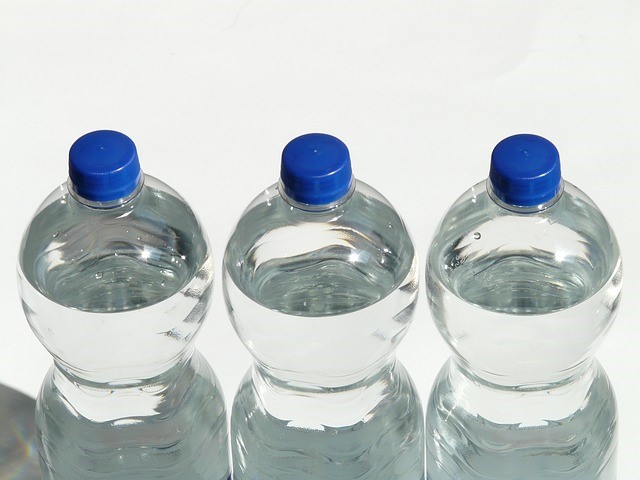
Make note of the quickest way to exit your house
Many people in Japan live in small apartments, often very high up. Make sure you know the quickest route for you to leave the building in case you need to evacuate. Always take the stairs. This might mean you have to run along into your neighbors’ balconies by kicking down the emergency barriers or using an emergency ladder or staircase. Either way, check before a disaster actually occurs.
Make note of your nearest emergency evacuation center and protocols
During a disaster, schools, public parks and gymnasiums become evacuation centers for the local people. Be sure to make note of the location of your nearest evacuation center, its opening times, and how to behave at one. Designated evacuation shelters will be able to provide sleeping arrangements, food, and current information, and these services are available to everyone, from Japanese residents to foreign residents and tourists. You should also confirm the location of your nearest hospitals and public telephones. For the most up to date information about your local evacuation centers, make a visit to your municipal ward office and ask for a map.
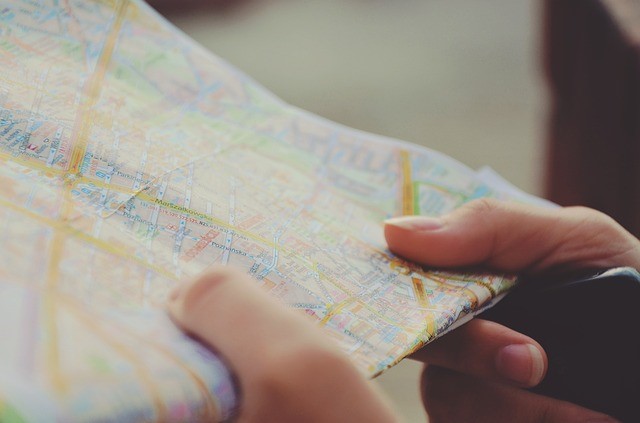
Particularly after the 1995 Great Hanshin Earthquake in Kobe, the 2011 Great Eastern Earthquake in Tohoku and subsequent tsunami and Fukushima nuclear plant meltdown, and the 2016 Kumamoto Earthquake, efforts are being made across Japan to make post-disaster facilities more accessible and open to non-Japanese speakers. Many locations have multilingual signage and instructions and volunteer translators on hand, particularly in larger, more urban areas. However, preparing yourself beforehand and becoming familiar with the specific protocols of your region is by far the best way to protect yourself and your loved ones.
Be Prepared Outside the Home
During disasters trains often stop or are delayed. It’s a great idea to wear comfortable shoes, or have some stored at work, and keep a portable phone charger and some emergency snacks on your person. Remember your route home and think of alternate ways you can get there if certain train lines are stopped.
Secure Furniture at Home
Do not place heavy items on top of drawers or cupboards, as these may fall off in a tremor. Secure heavy furniture to the wall to prevent falling or shifting. Stick special anti-shatter film on windows and cabinet glass. Some glass may already have wire inside it to prevent earthquake shattering.
What to Do if a Disaster Happens?
Check The J-Alert System
J-Alert is a warning system operating in the whole of Japan used to alert people of intending disasters (both natural and artificial, such as missile launches from North Korea). In the event of a disaster, mobile phones, television, and radio will light up and begin audio warnings too to signal the type of disaster and evacuation procedure. If you have a Japanese mobile phone or have enabled the J-Alert system on your international phone (ask your phone provider how to do this), you will receive a loud beeping and voice alert about the disaster, often seconds before it has even occurred. This system gives citizens time to evacuate or take the necessary precautions to ensure their safety.
At 5 o’clock every day, you have perhaps heard a gentle chime emitted from loudspeakers in your area. This chime plays two roles: the first is to remind children playing nearby that they should head home before it gets dark. The second is a daily test of the loudspeaker system across Japan, which is used during a disaster to warn people of earthquakes, aftershocks, tsunamis, and civil disasters such as a missile landing. In times of disaster, you may even hear people in cars or on foot shouting into loudspeakers to tell people nearby to evacuate from their homes.
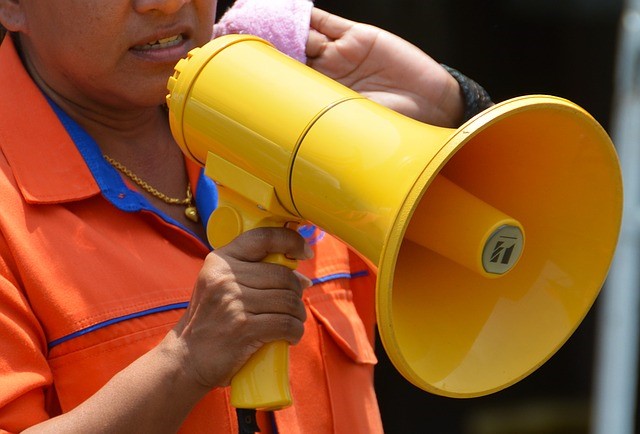
Check the News
You can also check the news on TV or online, the NHK website has a section dedicated to earthquakes.
Protect Yourself from Fallings Objects During Earthquakes
As soon as you feel shaking, get under a desk or other secure object. Protect your head, most importantly from falling objects. Move away from things like bookcases or lamps that could topple over or come unhinged. As soon as the shaking stops, put out any fires like your stove. Next, open a door to secure an exit. Do not panic or rush outside, and don’t forget to wear your shoes! Move to your nearest evacuation zone and await further instructions.

If you are driving, slow your car gradually and pull over to the left. Do not leave your car until the shaking stops. Leave your key in the car and the door unlocked when you evacuate. If you are outside or in public facilities, move away from dangerous or unstable objects and protect your body, especially your head.
Public transportation such as trains and buses will come to a stop. This may be abrupt, so make sure you hold onto a nearby handle to stabilize yourself. Listen to staff and await further instructions. If the quake is minor, the train or bus will resume shortly.
If you are in an elevator, get off to the next floor and make sure you are protecting your body from falling objects. Do not ever use an elevator in the case of a disaster or emergency. Always use the stairs.
Tsunamis
If you are near the coastline or water, near a cliff when an earthquake occurs, quickly move to a safe location in an elevated area in case a tsunami is triggered. You may have a few seconds up to a few minutes so move fast!
Typhoons, heavy rain, strong winds, and flooding
Stay away from billboards or unstable signs that could be blown away. If you are indoors, windows may shatter so close storm shutters and curtains if you have them. Stay indoors as much as possible.
Move and stay away from bodies of water such as rivers, coasts, and nearby cliffs, as you could be washed away in sudden flash flooding or be caught in a landslide. If you are driving a car, stay in the middle of the road.
Don’t Live in Fear of an Earthquake or Other Disasters
Japan has been through hundreds of natural disasters, some of them deadly on an unthinkable scale. However, people continue to live in and adore this country for its incomparable beauty and exquisite culture. The main things to remember are to not live in fear of natural disasters occurring. If you live here, it is an accepted fact of life. Instead, prepare yourself as much as possible whilst enjoying life in this beautiful country.
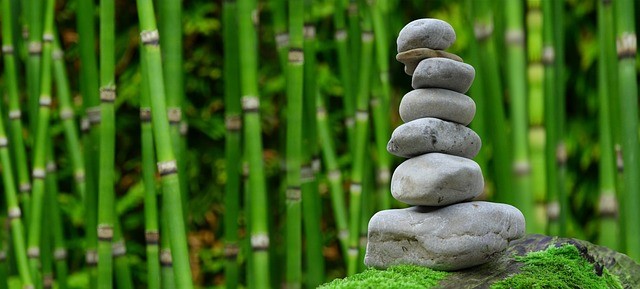
Maia Hall // UK
Other reads:
What to Prepare for your Emergency Pack

